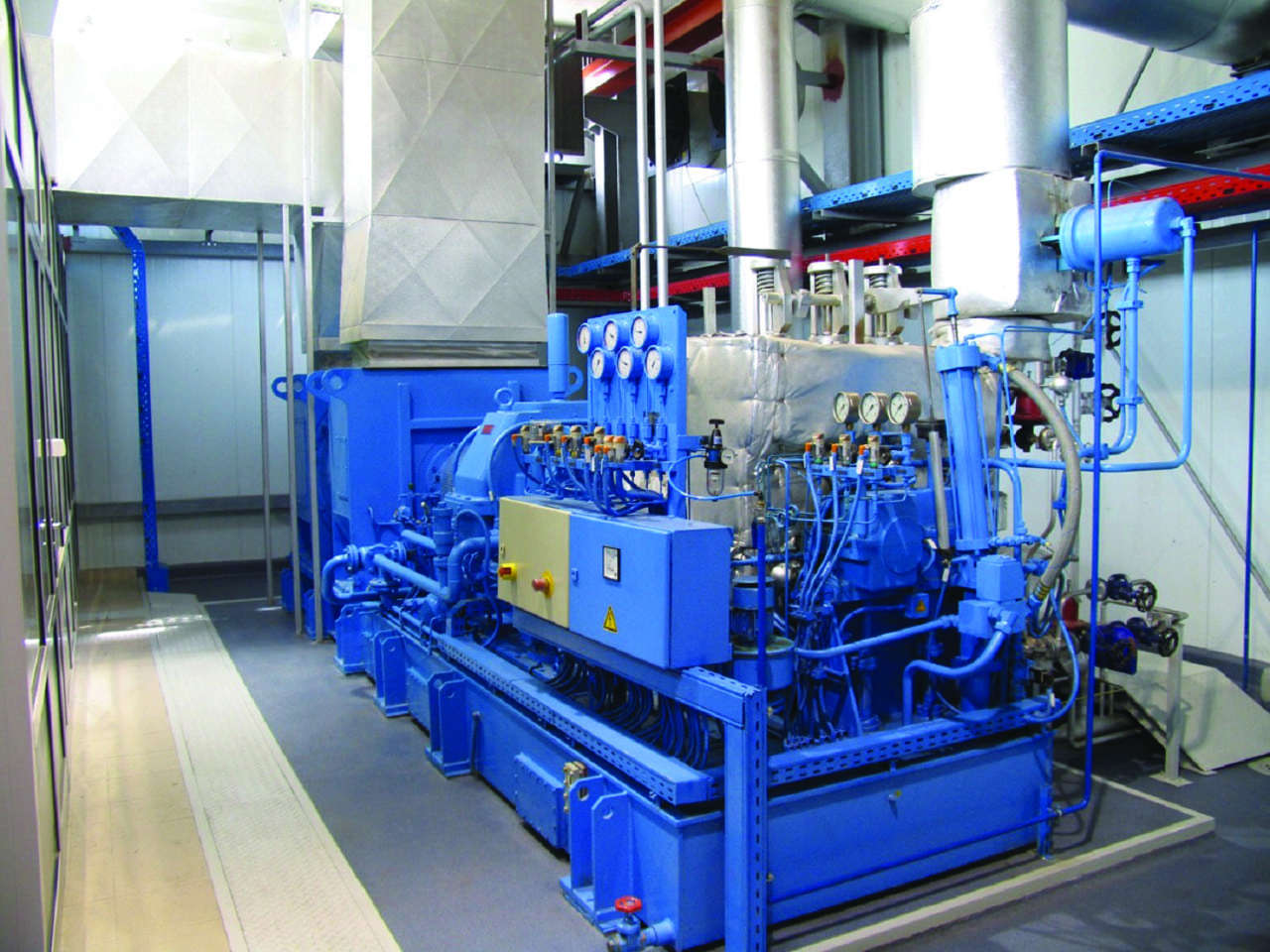Iran Puts CHP Plant, Transmission Line into Service
Iran on July 12 began operating its first combined heat and power (CHP) plant, a 14.4-MW facility in the Yazd Province in central Iran. The managing director of Yazd Regional Electricity Co., Mohammad Hassan Sabbaghzadegan, told Islamic Republic News Agency that the Alyaf Gostar Power Plant (Figure 1) “comprises 12 heat engines, each with a capacity of 1.2 MW of power.”
 |
| 1. A small step forward. Iran’s new Alyaf Gostar combined heat and power plant has 12 1.2-MW turbine generators. Courtesy: ICS Energietechnik |
Sabbaghzadegan said the plant had an estimated cost of $10.5 million and was partly financed with private funds. He said the plant has an electrical efficiency of 40% and a thermal efficiency of 28%. Industrial interests will use about 75% of the plant’s power, mostly for synthetic fiber production, according to Sabbaghzadegan.
Iran also on July 12 put into service a 400-kV substation and transmission line in an industrial area of Saveh, in Markazi Province in western Iran, according to Mohsen Bakhtiar, the country’s deputy energy minister for planning and economic affairs. Bakhtiar said the $45 million substation includes a pair of four-circuit transformer feeders, each extending as far as 40 kilometers (about 25 miles).
Reports say Iran’s nominal installed power capacity has increased by 7.9 GW in the past four years, to just under 77 GW. The country’s sixth version of its five-year development plan, this one for the 2017–2022 period, calls for an expansion of power generation by 5 GW each year through 2021.
Sabbaghzadegan told the news agency that a second CHP plant, in Germi in the Angut District in the Ardabil Province bordering Azerbaijan, has been built but is not yet operating.
Iran’s power sector is trying to diversify and improve its efficiency. Its per-capita energy consumption is among the world’s highest, according to the International Energy Agency, which has said Iran’s thirst for power is 15 times that of Japan and 10 times that of the European Union.
A $155 million solar power plant is being built in Yazd and is scheduled to go online in September. Sabbaghzadegan said the Gostaresh Energy No Atiyeh photovoltaic plant is among the projects financed by both Iranian and German interests. The two countries in late June held talks in Berlin, with officials from both agreeing to increase financial cooperation between the countries.
The state-owned Renewable Energy and Energy Efficiency Organization, or Satba, has pledged to support both domestic and foreign investments in renewable energy in Iran, guaranteeing the purchase of electricity from renewable sources for 20 years. Sabbaghzadegan said the Iranian government has licensed construction of two solar power plants in Mehriz, also in Yazd Province. He said construction of one of the plants, with a 10-MW capacity, is imminent.
Mehriz is about 630 kilometers (about 391 miles) southeast of Tehran, between the Dasht-e-Kavir and Dasht-e-Lut deserts.
The Dasht-e-Lut, or “Lut” as it is known, is considered one of the hottest places on Earth; a NASA satellite recorded a temperature there of 159.3F in 2005. That remains the highest ambient temperature reading ever officially confirmed on the planet.
—Darrell Proctor is a POWER associate editor.